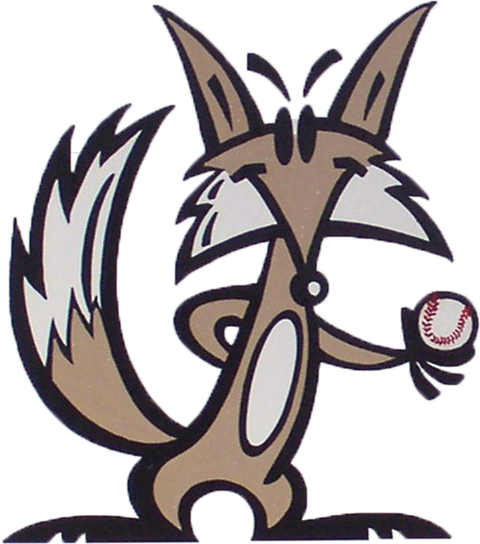Pre-Game Routines & Mindsets
by Coach Fox

Talk to your team about Pre-Game demands: What it is the team is trying to accomplish the hour before the first pitch. Explain that this is a time for team unity, for players to help each other prepare, leading every part of the team toward the prize. Assistant coaches should be focused and involved, super interactive to help lead the player’s focus on the business of the game.
Make pre-game drills be very similar to the practice routine, so that the players know exactly where they are in the order of the drills, and thus comfortable through the process. Players can then go from one routine to another in the field, knowing exactly what they are trying to accomplish, and why, and have more confidence with their skills.
At the Pre-Game, in the uniform, the players and coaches must presume that they are in the moment where they are supposed to be, and that nothing is more fun than playing ball and winning at it. By game time, the players have learned that they must always run onto the field, letting the game run ahead of them.
Upon arrival at the ball park, often a previous game is under way, and teams then go through hitting drills. A Coach will most likely direct the team to a netted hitting tunnel if one is available – which I advise against. Give some thought to how that time is used: You will waste ¼ of the time on bad throws (form coach to hitter) that the hitter can’t hit, and shouldn’t. You will waste another ¼ of your valuable time picking up balls, and waste another ¼ with hitter’s using bad mechanics chasing wild pitches, etc.
Instead of the pitching tunnel, use a portable hitting net, and have a coach soft-toss, after each player has been with the donut. The soft-toss is quick, no time wasted. It is a perfect place to check a hitter’s body mechanics and mental aptitude for the business of the game. Soft-toss is close, team related, coach/player perfect.
When your team first takes the field, after the outfield baseline throwing routines; lead players through the Run/Catch/Throw drill. Players love this drill, have fun at it and it serves to warm-up the critical body parts and the mind, and builds team spirit. Briefly; on the outfield base-line, all of the players with a ball each, line up from the chalk line to the back fence, facing the outfield, with the head coach at the front of the line. Each player gives their ball to the coach, then jogs/runs onto the field and the coach throws them an underhanded easy fly pass. The player makes the catch, pivots quickly/athletically to the assistant coach at the edge of the infield, then step and throw to that coach. The player veers that direction, passes 20 feet in front of the assistant coach in a quickened jog, who throws a leading-ball back to them as they go to the end of the line. All in an upbeat, game-time, team spirit chatter that resounds through the area. Properly executed it takes on a Harlem Globetrotter, infectious type rhythm.
The coach rah-rahs through this routine, with each player stepping forward in the line. (In practices, the coach can make a fun competition from this exercise, but don’t before a game.) Learn to vary the degree of difficulty according to the talent of the player, for several reasons. This drill warms up legs, instincts, arms, timing and team building. Listen to and observe what players are doing in the line, making sure it is game-related.
Taking infield is the next start of the real game, most important to the team’s business. Have your players wanting to take a solid, quick, athletic, sharp infield – have a good time, and talk it up, helping each other’s focus. Then of course, the team has to actually play as good as they appear to be.
Make taking infield a science, energetically including every coach and player. If the team that day is not up to taking a good infield for whatever reason; (here is what I do) Take them to the outfield grass, all on a knee, look at some eyes, and take a skull check.
There are tons more to a good pre-game. Check into it, list the process in January, sharing the plan and philosophy with the assistant coaches, then make reason of the whole process, start to finish. Show-off the catcher, include the pitcher in infield in the younger ages. Make sure parents understand their roll.
Pre-Game is the Business. Coaching starts at Pre-Game, and transcends to the prize.
contact: coachfox@gocoachfox.com














